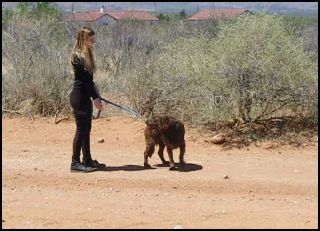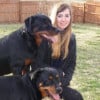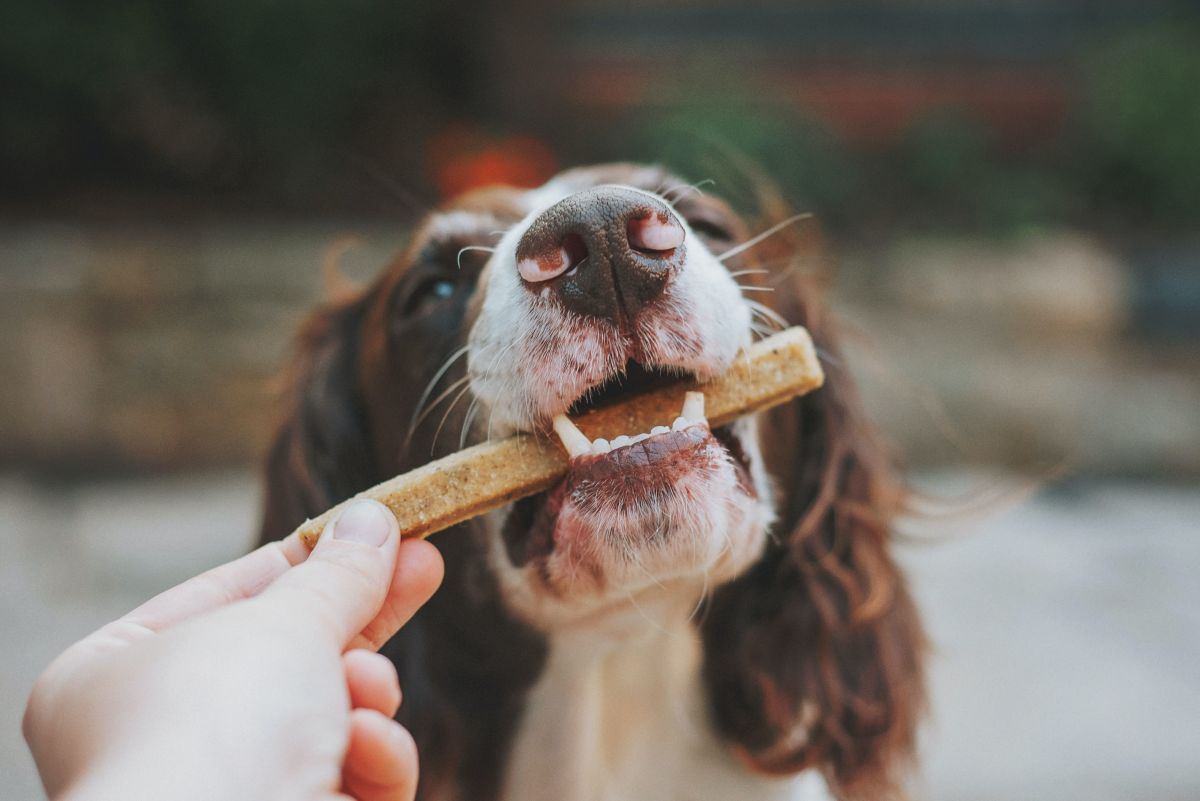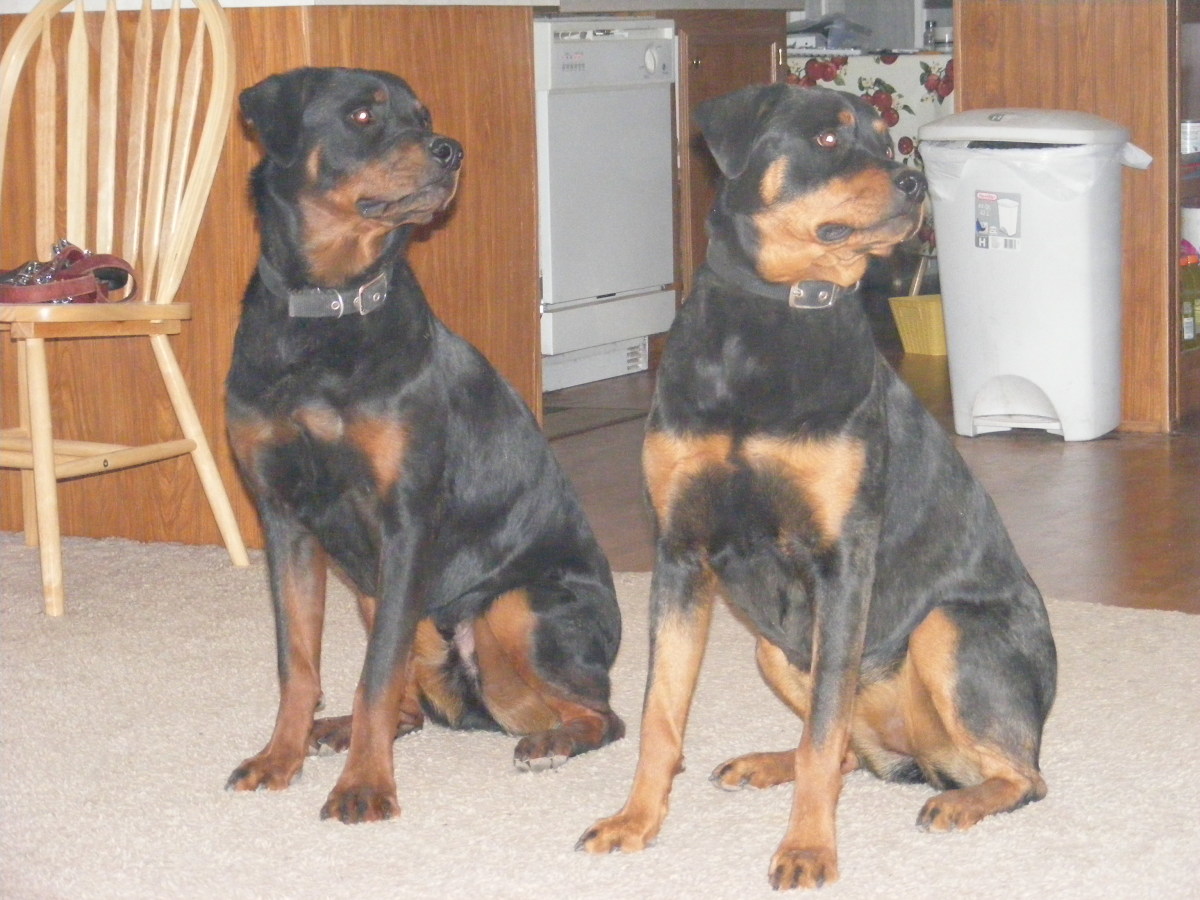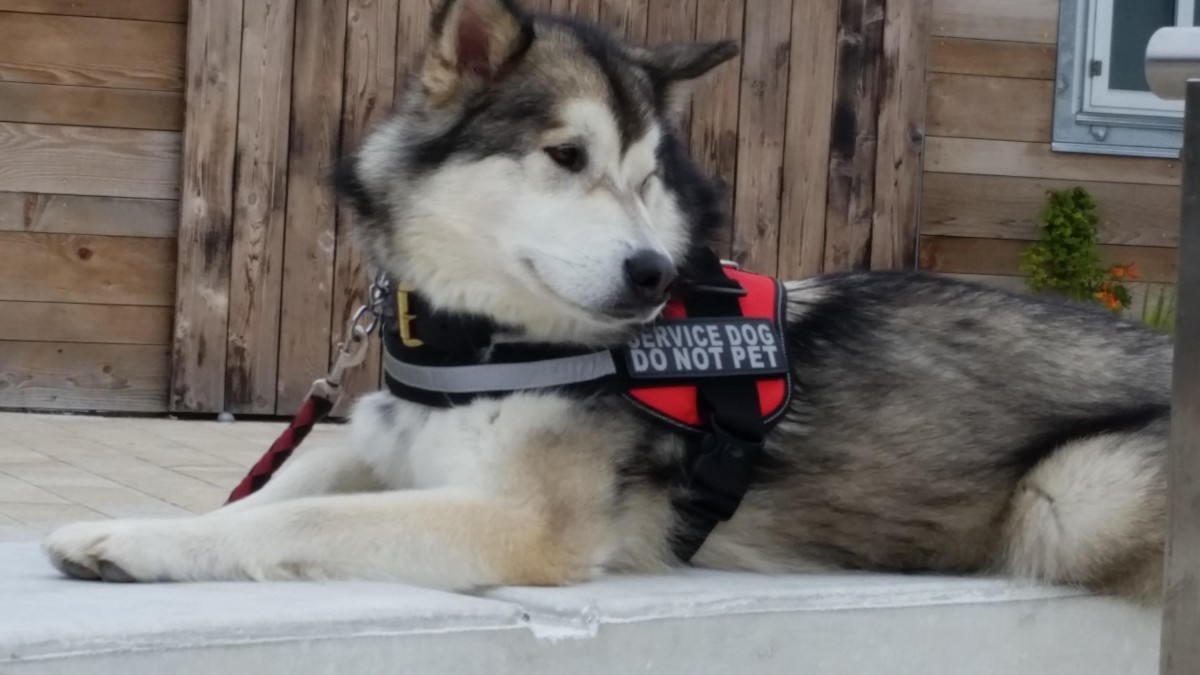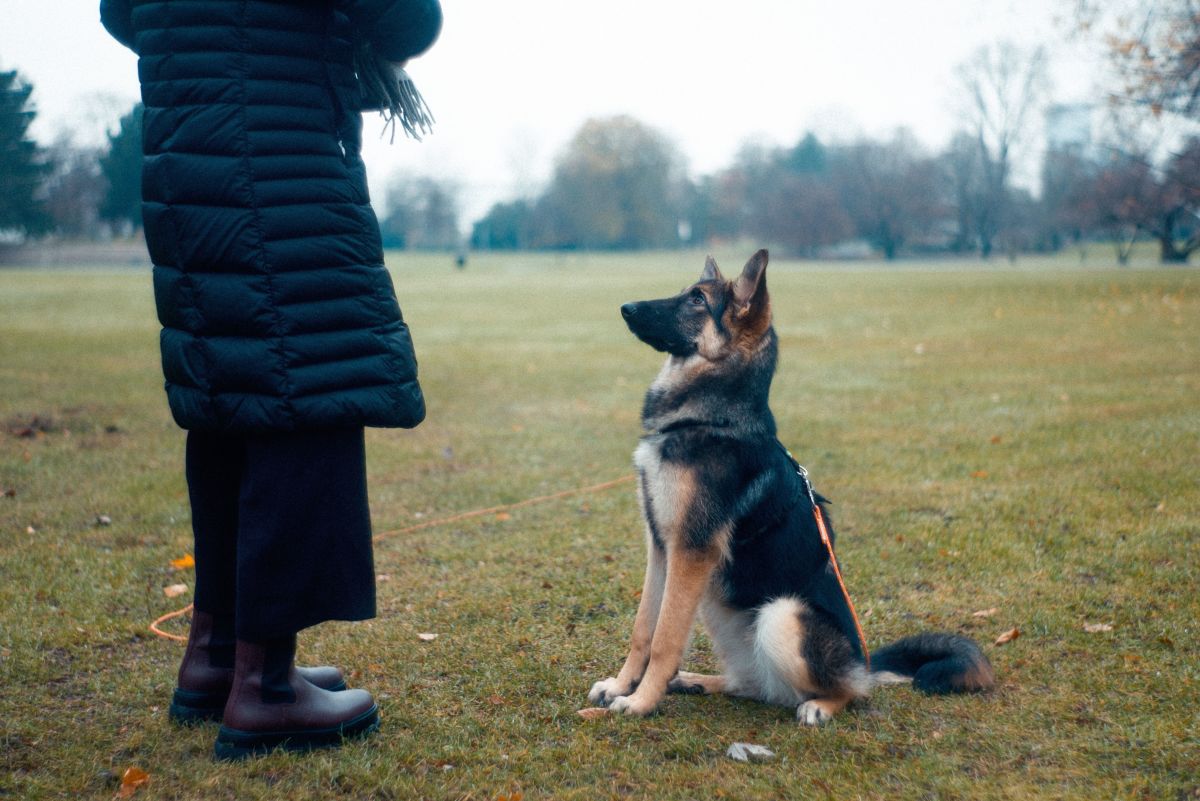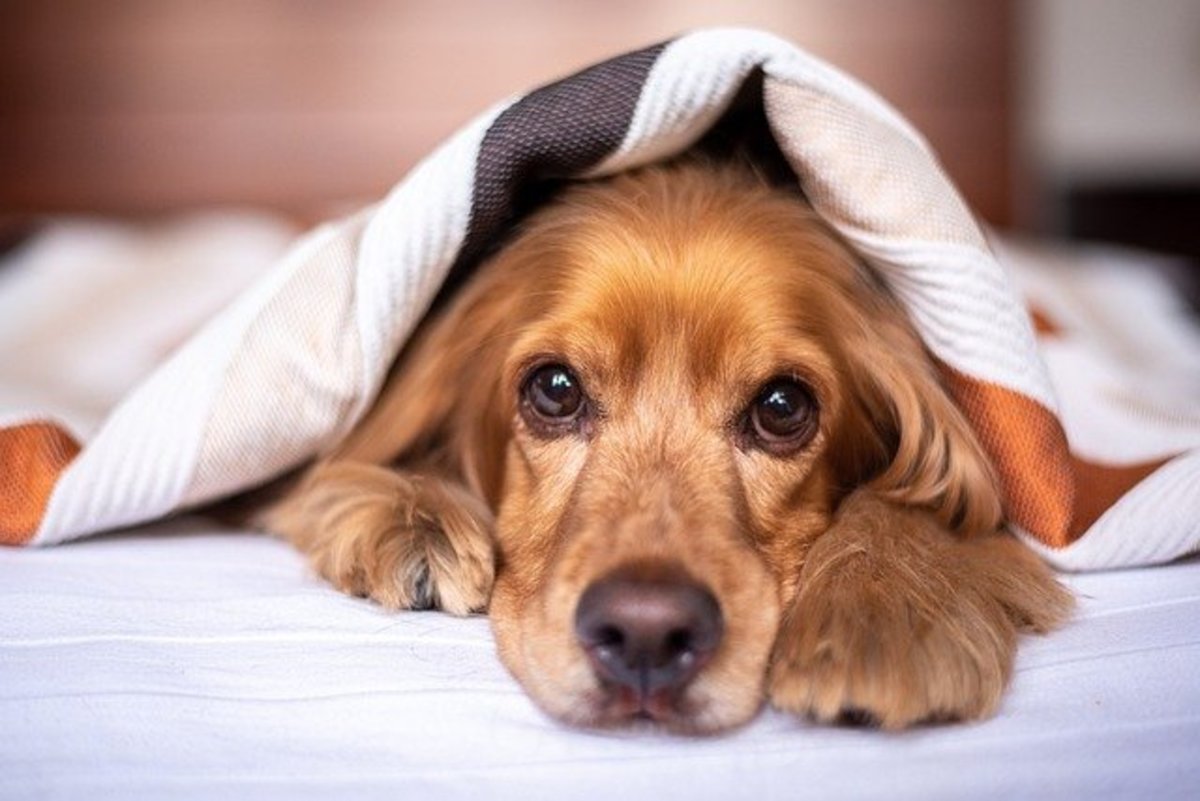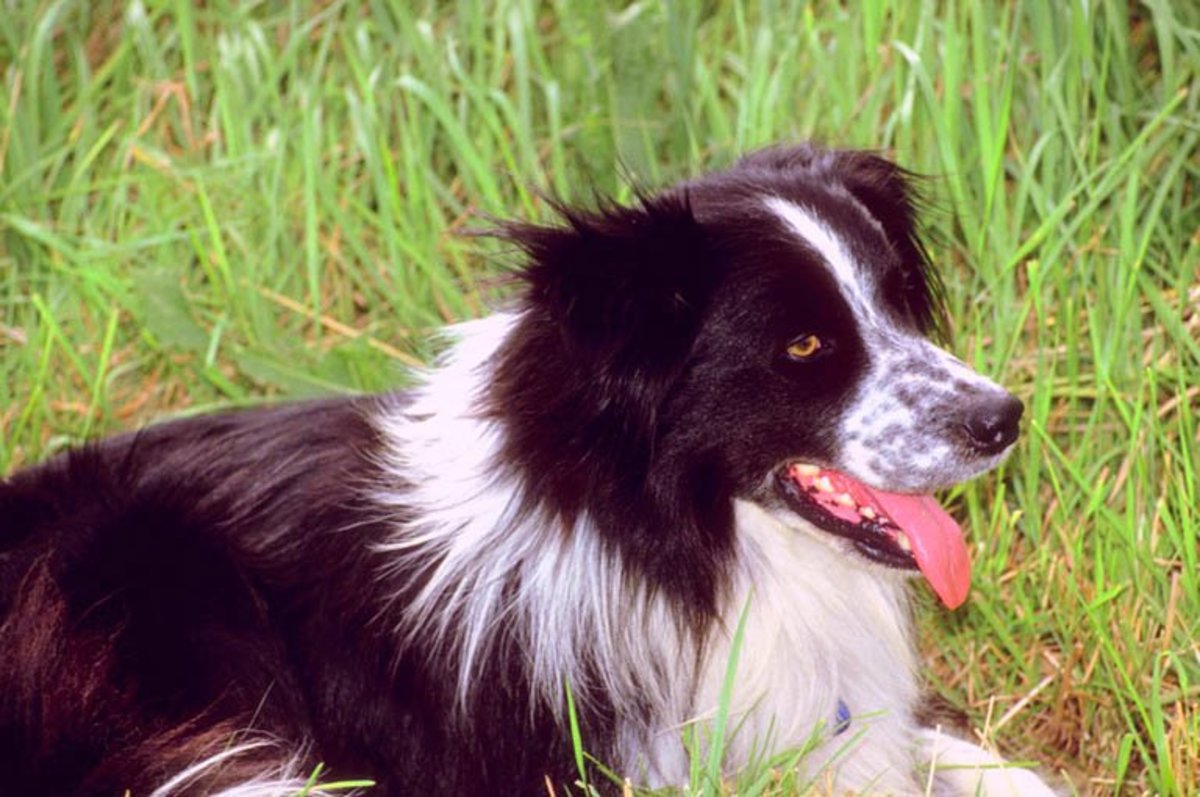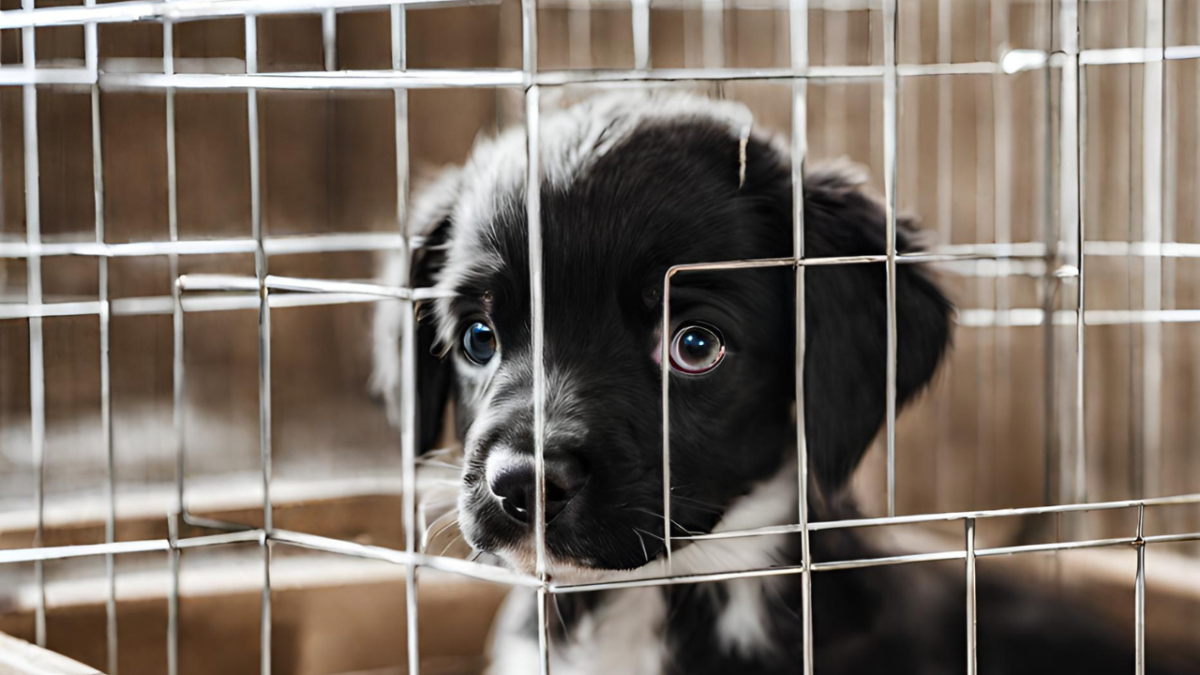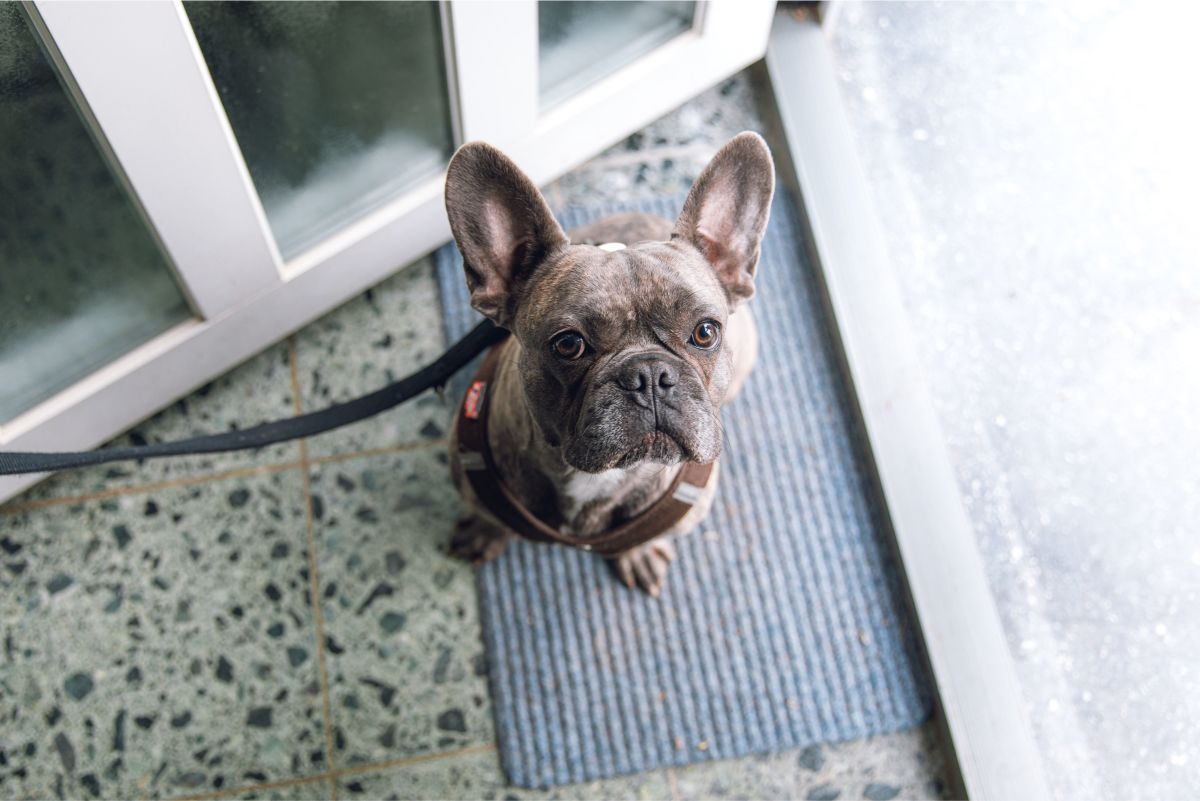How to Prepare Your Dog for a Training Session
Training plays a vital role in raising a well mannered and good tempered dog. While it is pretty obvious that in order to prepare for your next training session you will need both yourself and your dog, there are also other tools and some guidelines to follow, in order to make out the best of the training session. Following are some helpful tips of how to prepare your dog whether your are taking your dog to an official training class or if you are planning to train your dog at home.
-Health First
Most reliable and responsible dog training centers require proof of vaccination prior to letting you enroll. Most require core vaccinations such as Distemper, Bordetella and Rabies. Being sure your dog or puppy is free of intestinal parasites by having a fecal test run from your vet is also helpful.
-Drain Excess Energy
Taking your rambunctious dog to class after being closed up in a small yard or worse, crated all day, will naturally cause your dog to be hyperactive. An excited dog of course is not in the right state of mind for training. Instead, make sure your dog is allowed to romp around for a while before heading to training. Make him play a game of watch, walk him or take him along for a bike ride. You will notice the difference.
-Rewards
Just as humans do not like to work for free, dogs may lack motivation if there is no reward. For training sessions, you want to ensure you have high quality treats. Don't bring along regular kibble or the every day cookies you give at home. Rather focus on investing in something that makes your dog drool just smelling it. Hot dogs, cheese, pieces of steak work great, but one of the best treats that professional trainers like to resort to are: freeze dried liver treats. These smelly treats will surely make food oriented dogs do great things!
-Empty Stomach
Of course, treats will have a much higher impact if your dog is on an empty stomach prior to training. Dogs are very food oriented creatures most of the time, and many will be eager to collaborate greatly if they are bribed with some mouth watery treat. So imagine how many times this natural eagerness is intensified when along with a natural disposition to enjoy food comes an empty tummy!
-Invest in a Treat Pouch
You only have a few seconds available in order to effectively reward the dog and you do not want to spend those precious seconds ticking by searching for a treat in the bottom of your purse. Rather invest in a treat pouch that you can place around your waist. Keeping it open may make the treats readily accessible.
-Basic Commands
Unless you are starting your dog on basic training, your dog should already know some basic commands such as sit and stay so he stays composed without disrupting the flow of the class. It takes your dog to misbehave a bit to set other dogs to misbehave as well. Make sure therefore that you have a basic level of control of your dog.
-Rehearsals
Make sure that you keep up with your home work. Dog training does not happen only at class once a week, rather it takes place in your home, yard, on the street and at all times. This cannot be repeated enough. This is why you hear dog owners claim: ''My dog does great in class but once out he is a totally different dog!''
-Equip with Tools
Dog training often requires the help of various tools. If you own a pulling dog, you may want to invest in a harness, if you own a dog that tends to bite on the leash, you want to get a chain leash, if your dog is aggressive towards other dogs you want to practice safety and use a muzzle and so forth. Clickers are also very valuable tools that work well in training dogs using positive reinforcement. Consult with your dog trainer about which tools he or she recommends.
-End Positively
Remember to always end a training session on a positive note. Set your dog up for success by asking him to perform a well known command and praising lavishly. You want your dog to always associate good things happening with training.
Now that your dog is ready for training, expect quick progress as dogs are eager to learn. Also, expect to learn a lot too as dog training involves teaching you how to train your dog as well!
